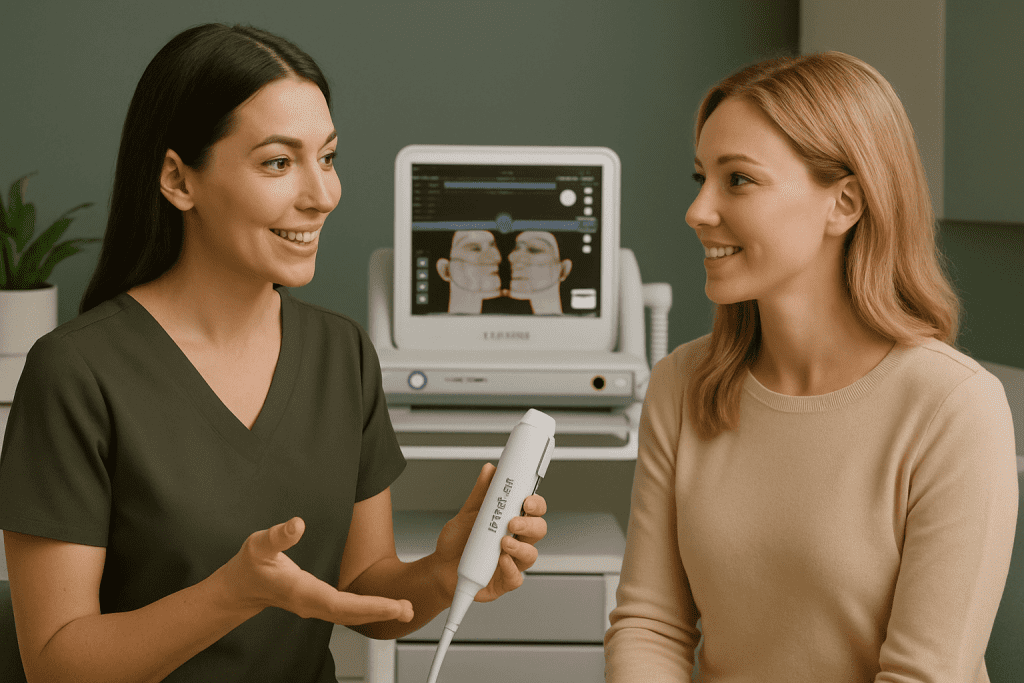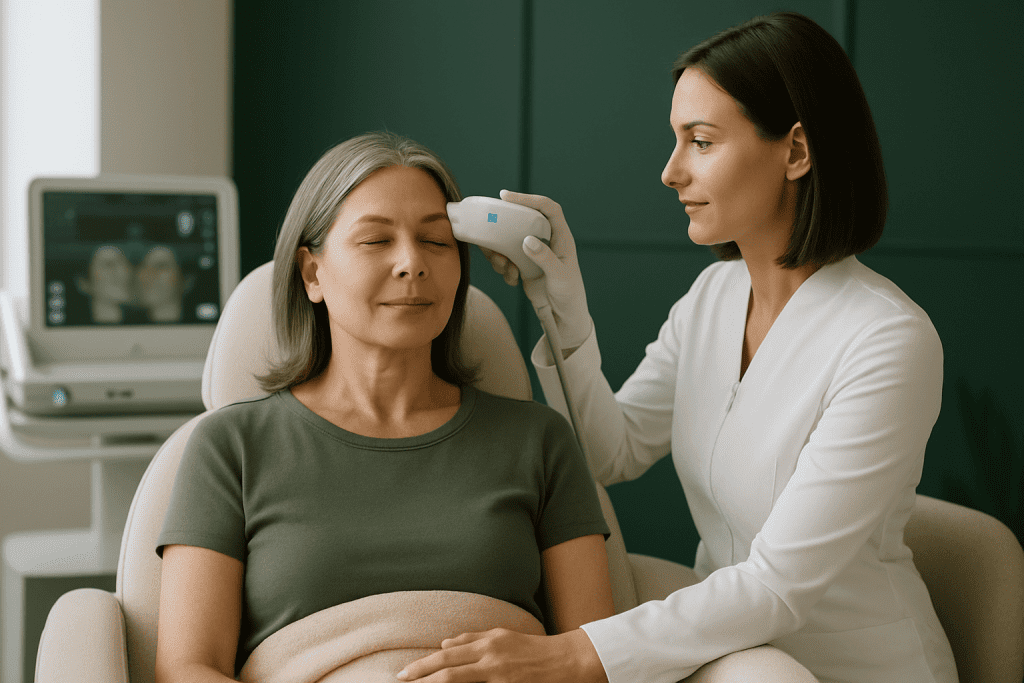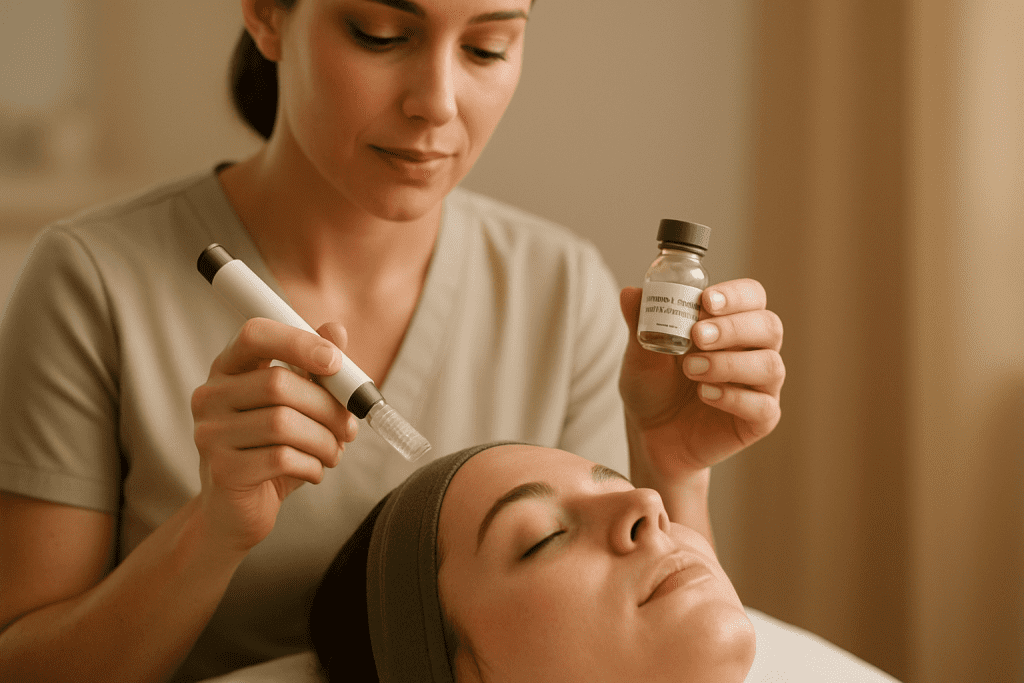The days of reserving medical-grade skincare for the dermatologist’s office are over. With professional-quality products now more accessible, you can achieve clinic-level results without leaving your bathroom.
But before you fill your cart, it’s important to know that medical-grade skincare at home is only as effective as the regimen behind it. Choosing the right products, using them in the correct order, and following pro-backed application techniques are key to getting the results you want—without wasting time or money.
Jump To:
TLDR – Quick Guide
- Choose clinically tested products with proven active ingredients.
- Follow the right order—cleanse, treat, moisturize, protect.
- Incorporate one new product at a time to prevent irritation.
- Consult a licensed provider for personalized product recommendations.
- Be consistent—skincare results come from routine, not one-offs.
Detailed Breakdown
What Makes a Skincare Product Medical-Grade
Medical-grade skincare contains higher concentrations of active ingredients than drugstore or beauty counter options. These formulations are often supported by clinical studies and undergo stricter quality control. They’re usually sold through licensed medical professionals or authorized distributors to ensure authenticity and potency.
Getting a Professional Skin Assessment
Before investing in medical-grade skincare at home, consider scheduling a consultation with a dermatologist or licensed aesthetic provider. A professional evaluation can:
- Pinpoint your specific skin type and conditions
- Recommend products with the right active ingredient strength
- Ensure you avoid unsafe or irritating ingredient combinations
This extra step ensures your regimen is tailored for maximum benefit.
Building Your Core Regimen
A balanced medical-grade skincare routine typically includes:
- Cleanser – Removes impurities without disrupting the skin barrier.
- Treatment – Targets concerns like acne, pigmentation, or fine lines using serums or prescription actives.
- Moisturizer – Restores hydration and reinforces the skin barrier.
- Sunscreen – Protects against UV damage that accelerates aging.
Following this sequence allows each product to perform at its best.
Introducing Active Ingredients Safely
Potent actives like retinoids, vitamin C, and alpha hydroxy acids deliver impressive results, but they should be introduced gradually. Start with one or two uses per week, then increase frequency only if your skin tolerates them well. This prevents redness, peeling, and other forms of irritation.
Adjusting Your Routine Over Time
Your skin’s needs evolve with age, lifestyle changes, and seasonal shifts. Revisit your regimen every few months with your provider to swap products, adjust strengths, or add new treatments. Continuous fine-tuning ensures your medical-grade skincare at home remains effective for the long term.
Key Takeaways
- Medical-grade skincare delivers higher potency and clinically proven results.
- A professional skin assessment helps customize your regimen.
- Core routines should include cleansing, targeted treatments, hydration, and sun protection.
- Gradually introduce active ingredients to avoid irritation.
- Regularly review and update your products for ongoing effectiveness.
FAQs
What’s the difference between medical-grade and over-the-counter skincare?
Medical-grade products contain higher concentrations of active ingredients and are supported by clinical research. Over-the-counter products may work, but generally have lower potency.
Can I buy medical-grade skincare without seeing a doctor?
Some products require a prescription, while others can be purchased from licensed professionals or authorized online retailers. Always confirm you’re buying from a trusted source.
How long before I see results from medical-grade skincare?
Most users notice improvements in 4–8 weeks with consistent use, though some conditions, such as hyperpigmentation, may take several months.
Is medical-grade skincare safe for sensitive skin?
Yes, but it’s important to start slowly and use products recommended by a provider. Sensitive skin may require lower strengths or less frequent application.
Should I stop my current skincare before starting a medical-grade routine?
Not always, but you may need to remove products with overlapping active ingredients to avoid irritation. A professional can guide you through a smooth transition.



